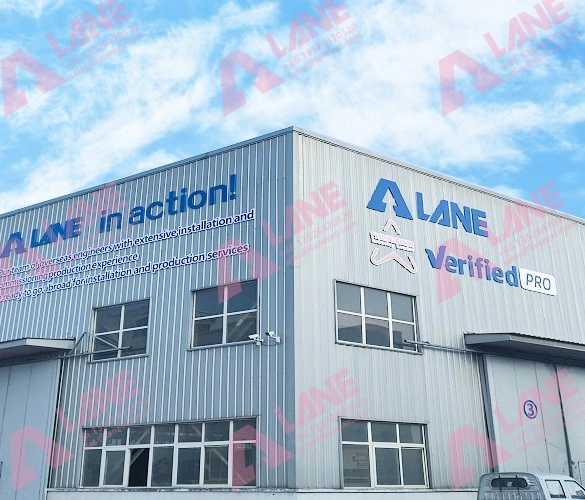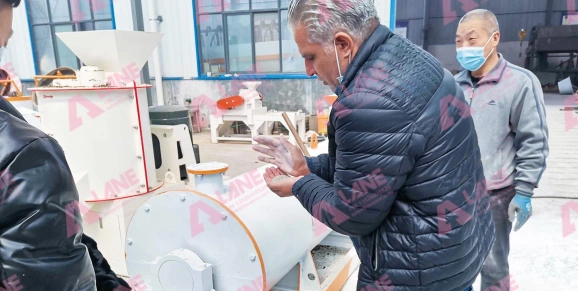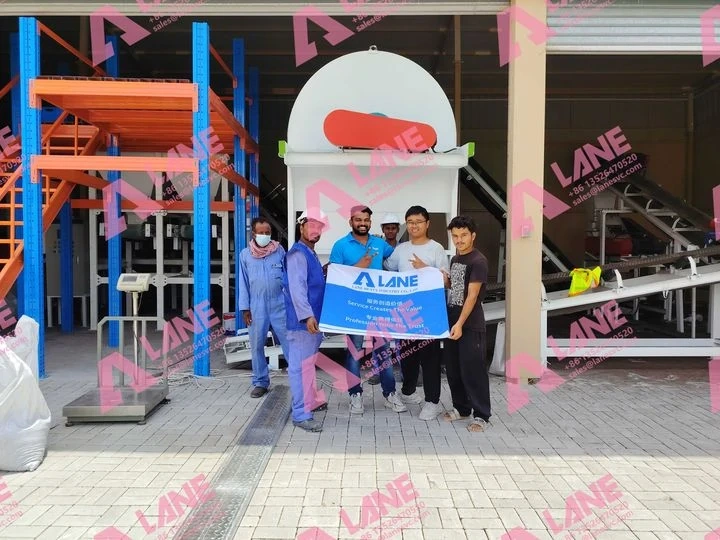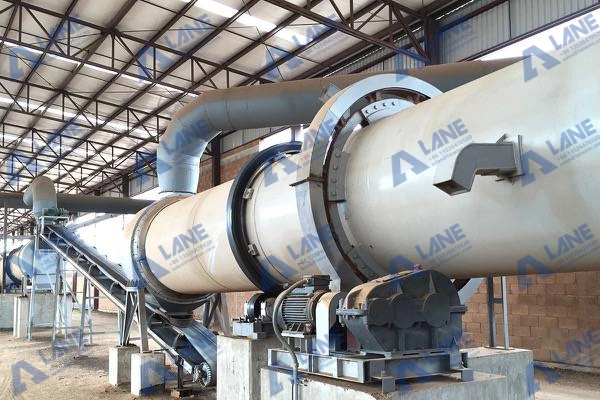Energy-Efficient SSP Plant Design and Advanced Process Technologies
- 2025-09-29
Introduction to Energy-Efficient SSP Plant Design
In today’s competitive fertilizer industry, implementing an energy-efficient approach to SSP production is essential for sustainable operations and cost management. Modern Single Superphosphate (SSP) plants require substantial energy input, and facilities without optimized designs often face high operational costs and environmental impacts. A well-planned plant layout and process integration minimize energy consumption while ensuring consistent fertilizer quality, improving soil nutrient delivery, and supporting sustainable agricultural practices. By incorporating advanced process technologies, producers can maximize output while reducing environmental footprints, making efficiency a cornerstone of modern SSP production.
Key Components
Raw Material Handling: Efficient handling of phosphate rock, sulfuric acid, and other raw materials is critical. Conveyors, hoppers, and feeders should reduce mechanical losses and streamline material flow, lowering energy use while maintaining continuous production.
Crushers and Mixers : High-performance crushers and mixers ensure uniform particle size and reduce energy demand during blending. These systems maintain consistent nutrient distribution, which is essential for optimal crop performance.
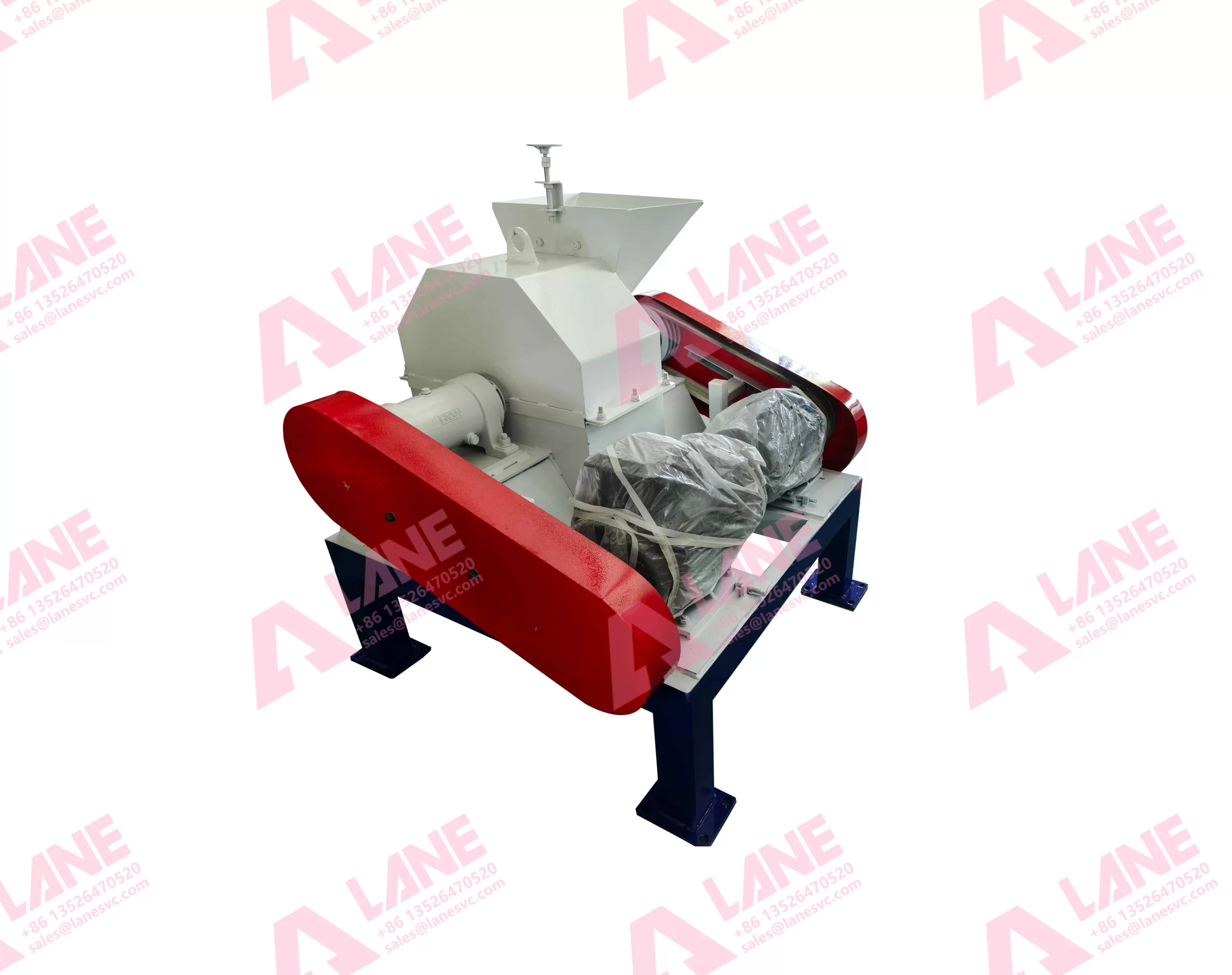
Granulation Systems : Granulation is energy-intensive. Rotary drum and pan granulators optimize heat transfer and material movement, reducing energy per ton of fertilizer and producing uniform granules suitable for storage, transport, and field application.
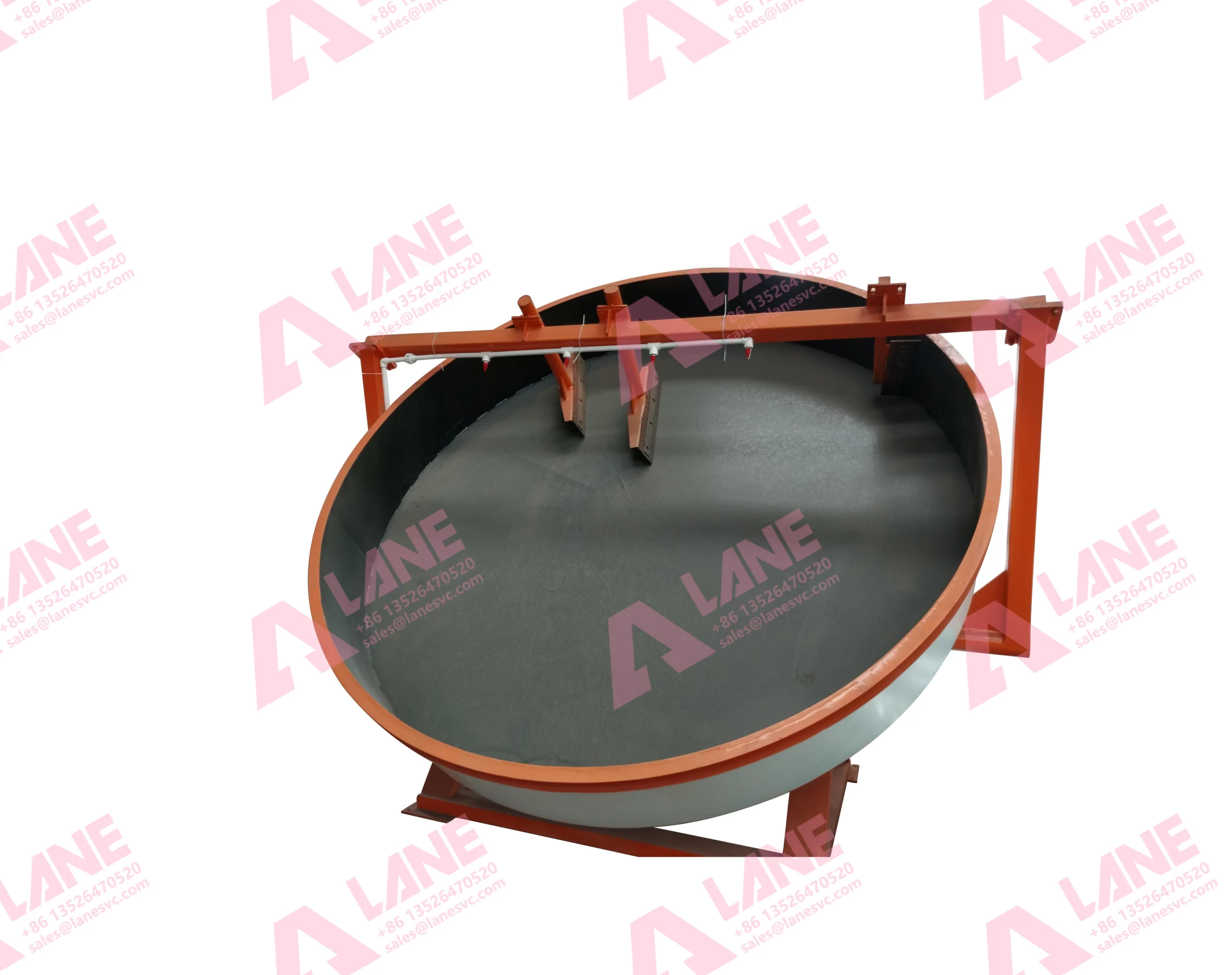
Drying and Cooling Equipment : Drying and cooling are vital for granule stability. Energy-efficient dryers and coolers in an Energy-Efficient SSP Plant Design employ heat recovery systems and optimized airflow to minimize energy loss. These systems improve product quality, extend shelf life, and reduce overall operating costs.
Packaging and Bagging Systems : Automated packaging and bagging systems complete the production cycle. Integrating these systems into an Energy-Efficient SSP Plant Design lowers labor and energy requirements while ensuring precise filling, sealing, and labeling. Well-designed packaging lines enhance productivity and operational reliability.
Advanced Process Technologies
Acidulation Process Optimization: Controlling temperature, mixing, and reaction rates during acidulation maximizes phosphorus conversion, reduces sulfuric acid consumption, and minimizes energy use, producing high-quality SSP with minimal resource waste.
Waste Heat Recovery : Recovering residual heat from dryers and reactors is essential. In an Energy-Efficient SSP Plant Design, this heat can pre-warm incoming materials or support secondary processes, lowering energy costs and increasing overall sustainability.
Automated Control Systems: Automated monitoring of temperature, humidity, and reaction parameters ensures that an Energy-Efficient SSP Plant Design operates at optimal performance. These controls reduce energy waste, maintain consistent granule quality, and make the plant responsive to production demands.
Benefits of an Optimized SSP Plant: Implementing energy-efficient technologies offers multiple advantages: lower operational costs, improved energy performance, consistent product quality, and environmentally responsible production. Long-term benefits include higher ROI, increased market competitiveness, and stronger support for sustainable agriculture.
Case Studies: Commercial SSP plants implementing Energy-Efficient SSP Plant Design strategies report measurable energy savings, higher output, and reduced carbon footprints. These examples demonstrate that energy-efficient designs not only cut costs but also enhance operational reliability and performance.
Choosing the Right Partner : Selecting a reliable technology provider is critical. A professional partner for Energy-Efficient SSP Plant Design should offer advanced equipment, tailored plant layouts, installation support, and training. This ensures smooth integration, optimal energy performance, and long-term operational success.
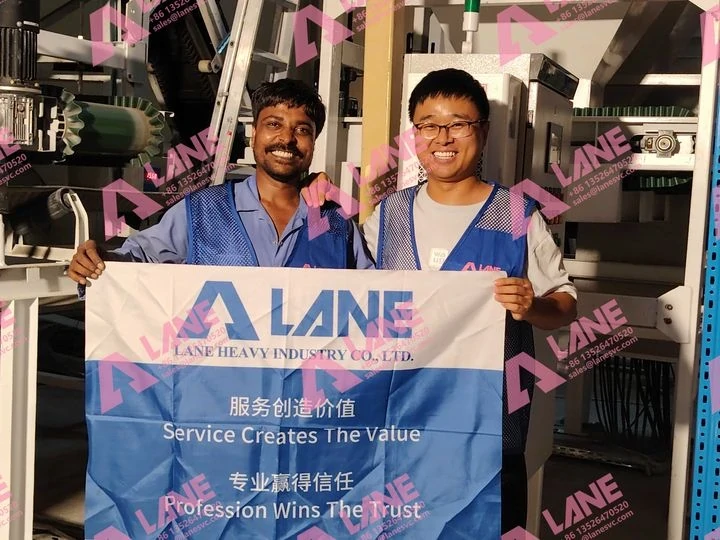
Conclusion
Investing in an Energy-Efficient SSP Plant Design is a strategic move that positions fertilizer producers for long-term success. By integrating optimized machinery, advanced processes, and sustainable practices, producers can reduce energy consumption, minimize resource waste, and maintain high-quality SSP output. Such designs improve plant reliability, reduce downtime, and enhance operational efficiency, while supporting environmentally responsible operations. Additionally, energy-efficient plants strengthen competitiveness in the global market, maximizing profitability, promoting sustainable agriculture, and future-proofing production against rising energy costs and stricter regulations.
For more details, please feel free to contact us.
Henan Lane Heavy Industry Machinery Technology Co., Ltd.
Email: sales@lanesvc.com
Contact number: +86 13526470520
Whatsapp: +86 13526470520
